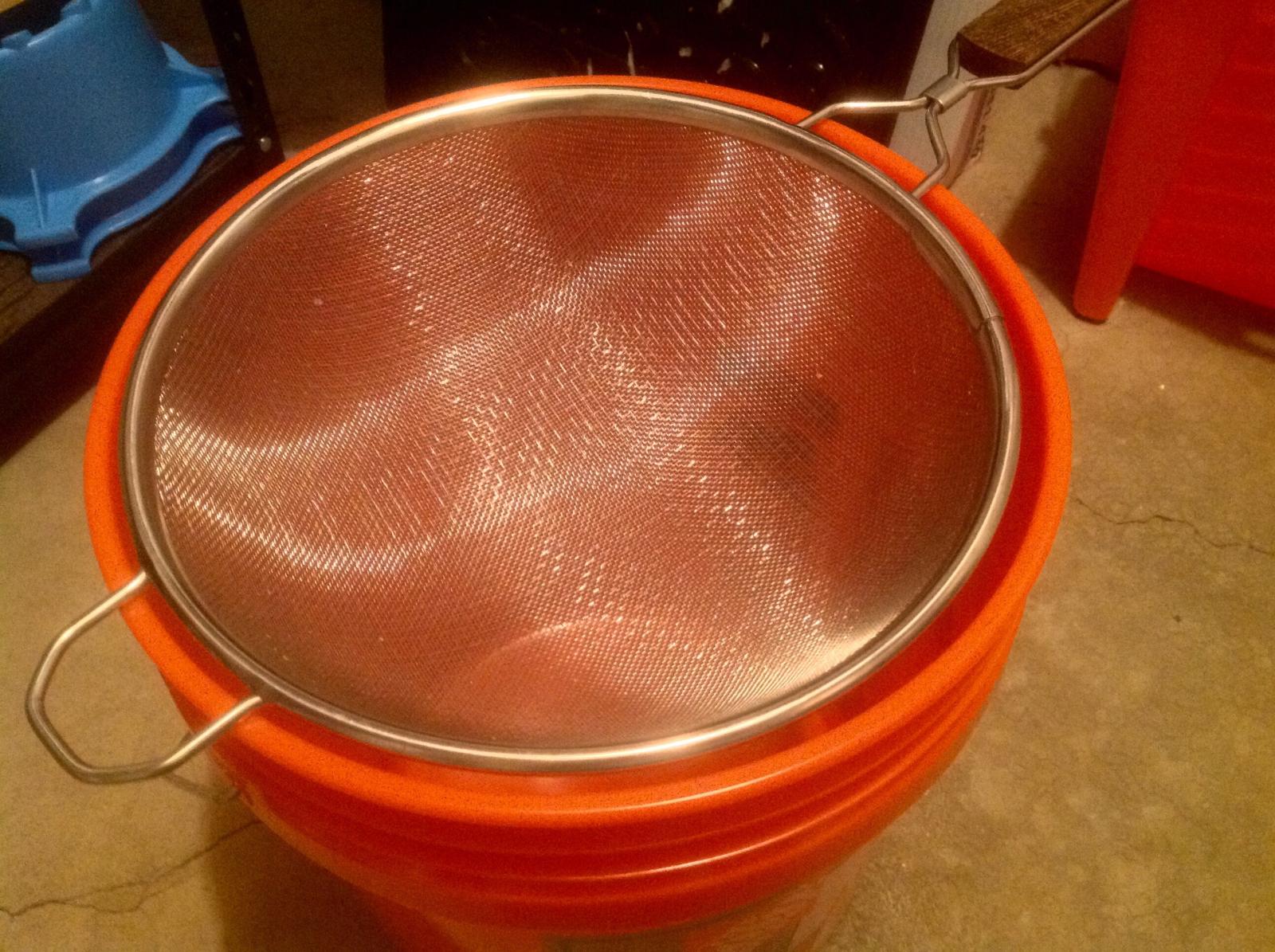BelligerentOwl
Member
- Joined
- Jul 2, 2016
- Messages
- 16
- Reaction score
- 3
Kit used: Brewers Best American Pale Ale
With this kit and a few other BB kits, my Original gravity (OG) has been too low. It is about .005 lower than the range bottom projected by the kit.
I cool the wart to 70 degrees before moving to the fermenting pale, I add water to a five gallon level, and I spin my hydrometer when putting it into the thief to avoid bubbles. What else could be causing this?
Cheers!
With this kit and a few other BB kits, my Original gravity (OG) has been too low. It is about .005 lower than the range bottom projected by the kit.
I cool the wart to 70 degrees before moving to the fermenting pale, I add water to a five gallon level, and I spin my hydrometer when putting it into the thief to avoid bubbles. What else could be causing this?
Cheers!



























![Craft A Brew - Safale BE-256 Yeast - Fermentis - Belgian Ale Dry Yeast - For Belgian & Strong Ales - Ingredients for Home Brewing - Beer Making Supplies - [3 Pack]](https://m.media-amazon.com/images/I/51bcKEwQmWL._SL500_.jpg)































